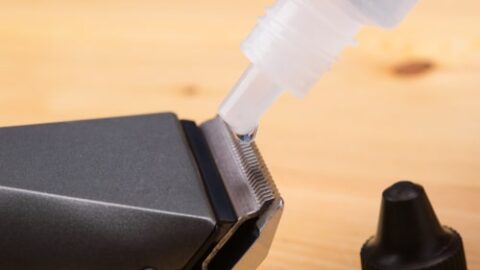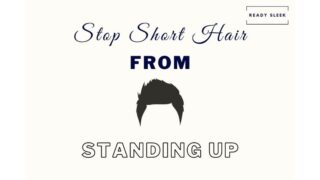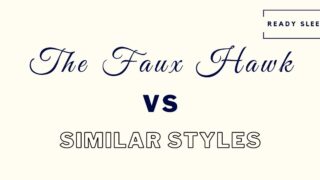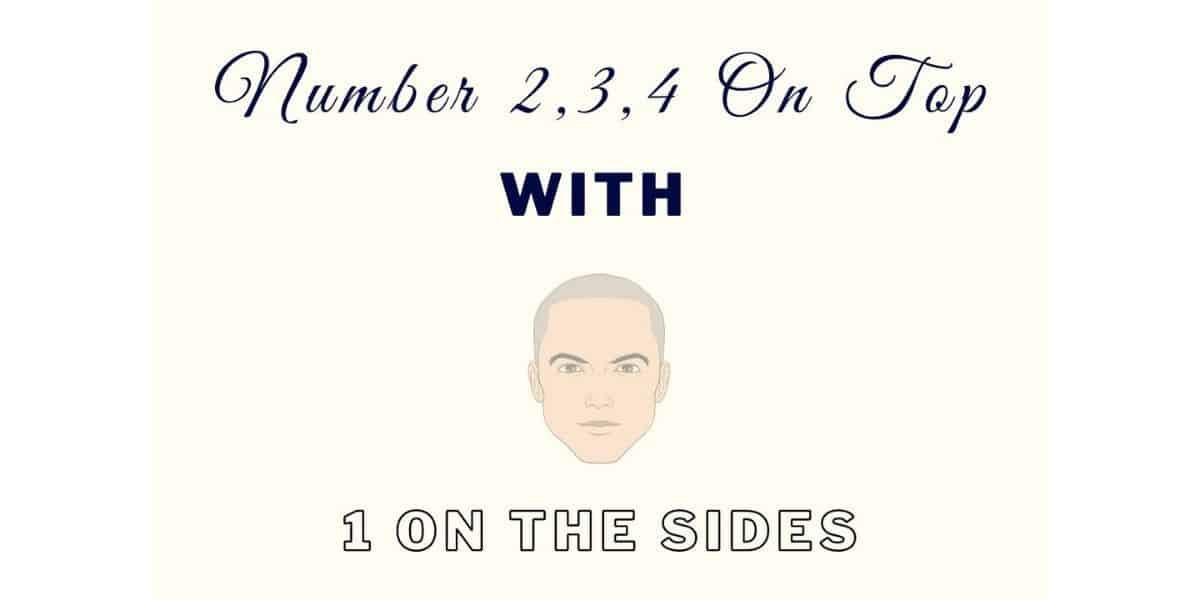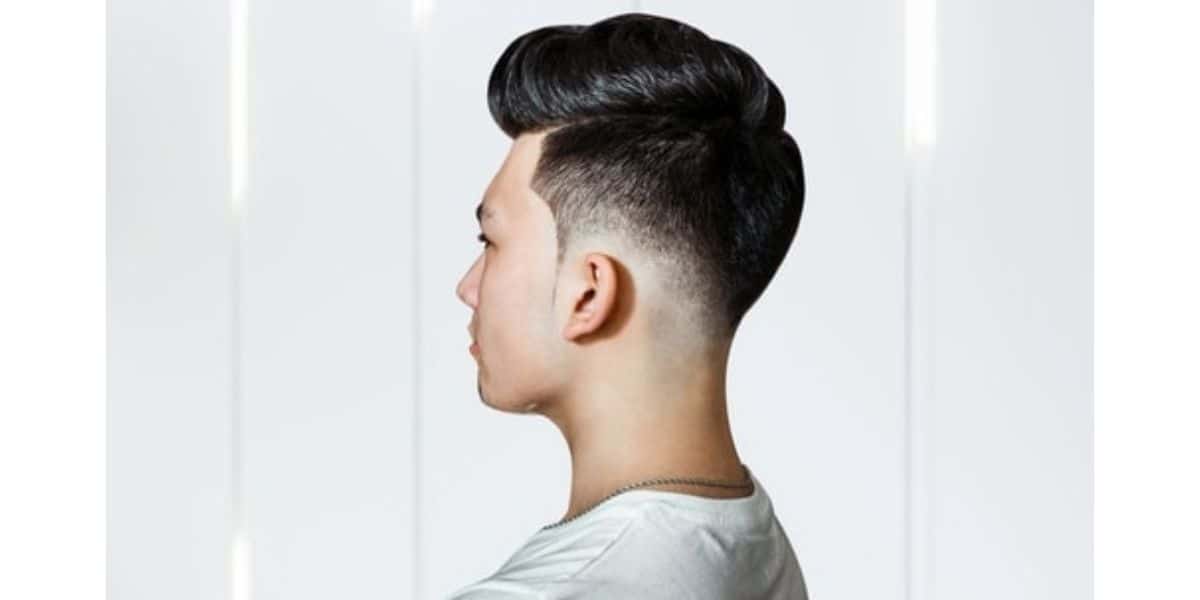While many men have used hair clippers, a lot of them don’t know how they actually get the job done. They’re clearly a great piece of engineering, but a puzzling one at the same time. So, how do hair clipper guards work?
Hair clipper guards work by adjusting the length of hair that comes into contact with the quick-moving blades of the clipper. Higher-grade (longer) clipper guards lead to less of each hair strand being cut and a longer trim.
Lower-grade (shorter) clipper guards lead to more of each strand being cut and a shorter trim.
Knowing how clipper guards actually work will make you more confident when using them. DIY trims will become more efficient and more effective.
What you need now is a bit more information on the mechanism of clipper guards and how they do the job they’re supposed to do.
You also need to know how the grading system of hair clipper guards. In other words, how the grade numbers relate to specific lengths.
It’ll make mistakes less likely to occur.
A poor understanding of clipper guards can also lead to misunderstandings with your barber. This is never ideal.
Let’s make sure this never becomes a problem for you.
How Hair Clipper Guards Work
Clipper guards allow you to change the length of hair that is cut by the clipper blades.
In order to understand how the guards work, it’s important to understand how the clipper blades themselves work.
A hair clipper consists of two sharp and comb-like blades that move sideways relative to each other.
Although manual ones do exist and are still used by barbers, electric hair clippers are much more common.
With these, the sideways motion (oscillation) of the blades is driven by an electric motor. This makes them ultra-efficient at trimming hair down.
When a strand of hair gets caught between the comb-like blades, it is cut as they move from side-to-side.
That’s why it’s important for blades to be properly lubricated with clipper oil (or a suitable alternative) to function effectively.
If you use the hair clipper without any guards attached, it will cut as short as it can possibly cut. This is usually around 0.4mm in length – essentially this is just the height of the clipper blade.
But what if you don’t want to trim that short? Here’s where clipper guards come in.
Clipper guards are attachments that allow you to change the length of the hair strand that gets snipped as the blades move from side-to-side.
They’re graded, with each grade allowing you to trim down to a specific length. I’ll be discussing exactly what length you can produce with each grade of clipper guard in the next section.
But essentially, with higher grades (eg. #6, #7, #8), less of the hair strand gets trapped in between the blades. Because of this, less of each strand is cut and you’re left with a longer length.
With lower grades (eg. #1, #2, #3), more of the hair strand gets trapped in between the blades. Because of this, more of each strand is cut and you’re left with a shorter length.
The higher the grade, the longer the length you’ll be left with.
To sum that all up, the mechanism of clipper guards allows you to trim down to many more lengths than you’d otherwise be able to achieve.
They give you versatility and freedom when it comes to styling.
How The Clipper Guard Numbers Work
While some sets of clipper guards go up to ten (or even beyond), most sets are numbered from zero to eight. Each of these numbers stands for the length they will leave. Again, the smaller the number, the less amount of hair it will leave.
Also, different clipper guards and lengths may be included in some styles, so it does not always make sense to use one guard for an entire cut.
The different numbers stand for the following lengths:
Zero
Zero refers to using the clippers without a clipper guard at all. A zero grade cut will leave you nearly bald at around 0.4mm. But at the end of the day, you’ll still be left with very short stubble.
If you want to be completely bald, it is better for you or your barber to use a razor, as these tools will not leave any traces of hair. This is what’s known as shaving and not trimming.
Choosing between a buzz cut vs a bald or shaved head is an interesting topic in itself.
One
A #1 guard will cut your hair to 1/8 of an inch. As this is not much longer than a zero grade cut, a one grade cut will still show your scalp, so you may want to use a higher guard number if you’d like more coverage.
Two
A clipper guard with the number two (#2) leaves 1/4 of an inch of hair. While this length is still pretty short, it is a bit fuller than zero or one and barely shows scalp. It can make your hair look a bit thicker. This guard is used to create many different types of fades.
The number 2 buzz cut may be short, but as with any buzz cut can be made to look very professional indeed.
Three
Guard number three (#3) leaves 3/8 of an inch of hair. It is usually the longest clipper guard that is normally used to keep faded sides short.
Many men favor looks created by this guard, as they do not expose much of the head while still being short and simple to maintain.
The number 3 buzz cut is popular because it’s easy to maintain, as well as subtle.
As with most short buzz cuts, it’s a great choice for men with receding hairlines.
Four
The fourth clipper guard (#4) will leave you with 1/2 an inch of hair. While zero through three are often used to create a buzz cut, using four can lead to more of a crew cut look on top.
A grade four cut is considered medium length.
Five
The fifth hair clipper guard (#5) leaves 5/8 of an inch of hair. This clipper guard is often used in men’s styles that include a taper. They’re also useful for crew cuts.
Six
The sixth clipper guard (#6) leaves 3/4 an inch of hair. Many tapered hairstyles are created with this hair clipper guard. The fifth and sixth clipper guards are often thought to be similar enough that either can be used for these tapered styles.
Seven
As with five and six, seven and eight are sometimes used interchangeably to achieve a similar look. A hair clipper guard with the number seven (#7) leaves 7/8 of an inch of hair. Most barbers feel that the seventh guard is a great choice for men with thick hair.
Eight
Again, most sets of hair clipper guards end with number eight (#8). The eighth clipper guard leaves an entire inch of hair, and since it is the longest, this guard is often used to create a style that is longer on top.
Clipper Guard Numbers Grouped by Style
To simplify some of the information outlined above, here are the clipper guard numbers grouped by the styles they are frequently used in. Feel free to ask your barber for more information about any of the specific guards or styles.
A buzz cut is a short, even trim all the way around using the same clipper guard.
Although any clipper guard could technically be used to trim a buzz cut, zero through three tends to be used.
Having said this, the number 4 buzz cut is still a popular choice.
These shorter guards are also used to create different kinds of fades. Zero and one especially leave a lot of the scalp showing.
Having said all of this, long buzz cuts are also common. In other words, a short, even trim using the same long guard length (#4 to #8).
Crew cuts are a variation of the buzz cut, but with longer hair on top that tapers shorter (graduates) as you go from the front to the back.
The sides and back are buzzed down shorter than the top (unlike a classic buzz cut which is the same length all the way around).
Four and five are often used to achieve a crew cut, which consists of longer hair on top and shorter hair at the sides and back.
Five through eight are used in many different tapered styles.
Conclusion
There you have it. You now know how clipper guards work in more ways than one.
You now understand their mechanism. How they do what they were designed to do.
This should make you more confident in using them.
You also know how the grading system of clipper guards work. Whether you’re doing a DIY trim or attending the barber, this really is crucial.
When you know what the different numbers stand for, your barbers will have a better idea of what exactly you want done to your hair.
Keep in mind that many styles are created with more than one clipper guard. Experiment with them (carefully), and enjoy.
Ready Sleek founder. Obsessed with casual style and the minimalist approach to building a highly functional wardrobe. Also a fan of classic, vintage hairstyles.

